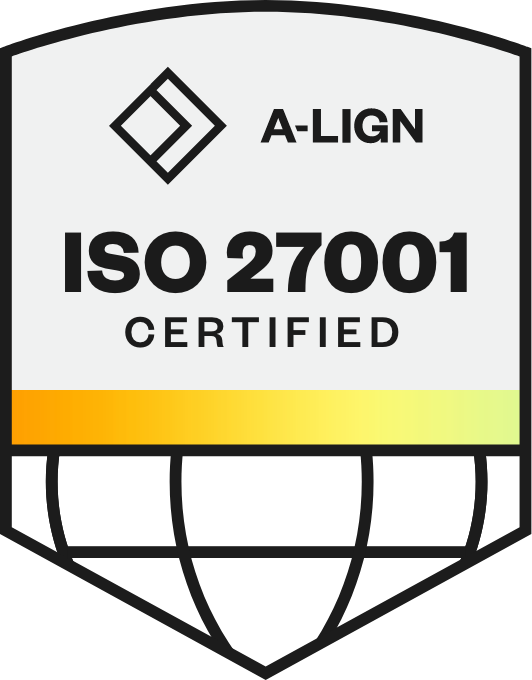
Navigating asset management in the utilities sector involves addressing unique challenges that impact operational efficacy and service quality. From regulatory hurdles to environmental constraints, understanding these issues is crucial for maintaining system integrity and reliability.
We explore four major asset management challenges faced by T&D utilities, along with practical solutions for each.
| Challenge | Concern | Strategy for success |
| Regulatory compliance | Utility companies are among the most heavily regulated industries, with evolving requirements that can vary by region and type of utility. Compliance is critical not only for legal operation but also for ensuring safety and public trust. For example, in Michigan, the local Public Service Commission is planning a regulation which could see investor-fined owned utilities fined as much as $10 million a year if they fail to meet reliability benchmarks. | By automating compliance processes through specialized software, known as a digital twin, T&D utilities can greatly enhance accuracy and efficiency. This technology can track changes in regulations in real-time and adjust compliance protocols accordingly, reducing the risk of violations. Additionally, ongoing training programs tailored to different levels of the organization can ensure that all employees are informed and compliant with the latest standards. |
| Data management and analysis | The proliferation of IoT devices and smart technologies has led to a surge in data, which can be overwhelming to manage and analyze effectively. Properly utilized, this data can drive significant improvements in asset management and operational decision-making. | Investing in advanced analytics platforms can help utilities transform raw data into actionable insights. These systems can predict potential failures, optimize maintenance schedules, and enhance resource allocation. Further, adopting robust data governance practices ensures data integrity and security, which are essential for reliable analytics. |
| Skills development and retention | As technology evolves, the need for skilled personnel who can manage and interpret emerging tools becomes critical. Retaining talent and ensuring staff are well-equipped to handle new technologies are major concerns, particularly for cooperative utilities where recruitment pools can be small. | Utilities should focus on creating a culture of continuous learning and development. Offering regular training sessions, workshops, and access to courses can help staff stay current with technological advancements. |
| Weather and environmental limitations | Weather events such as hurricanes and wildfires and environmental conditions can severely impact utility operations, from causing outages to delaying maintenance activities. These challenges require robust planning and adaptive management strategies. | Implementing weather prediction tools and environmental monitoring systems can provide early warnings and allow for better preparedness. Utilities should also develop and regularly update their disaster response strategies to include more flexible resource allocation and emergency response protocols. |

